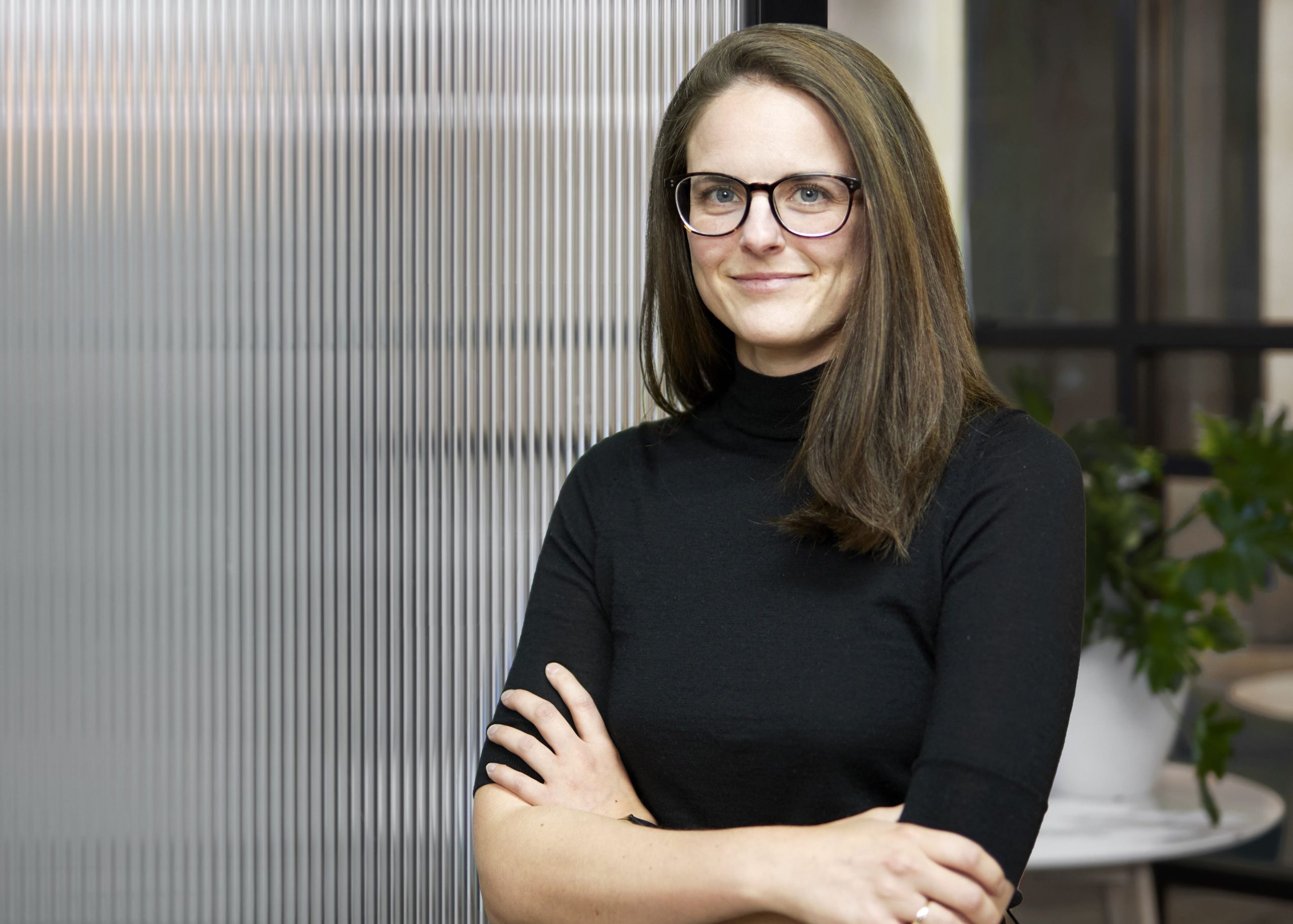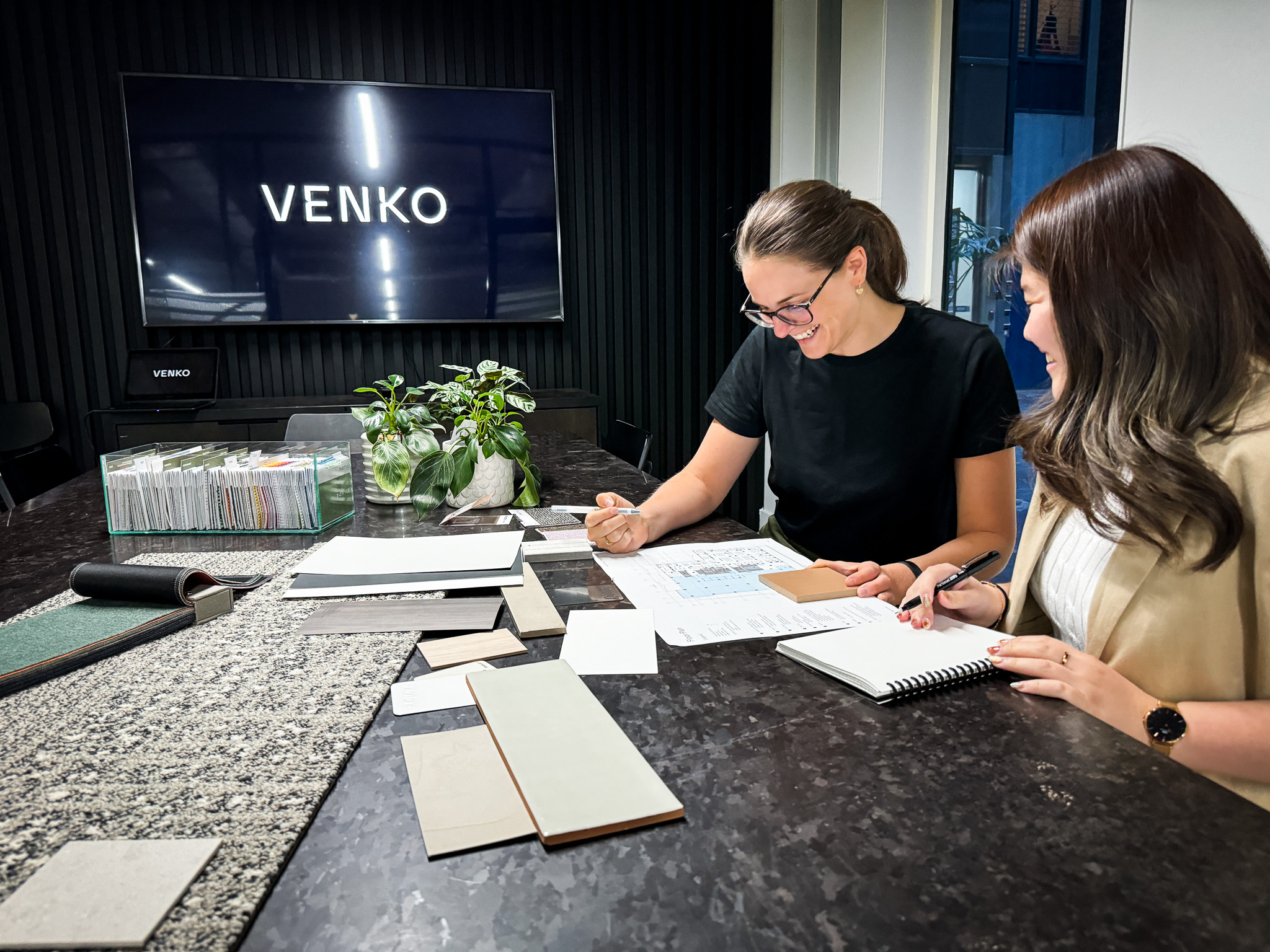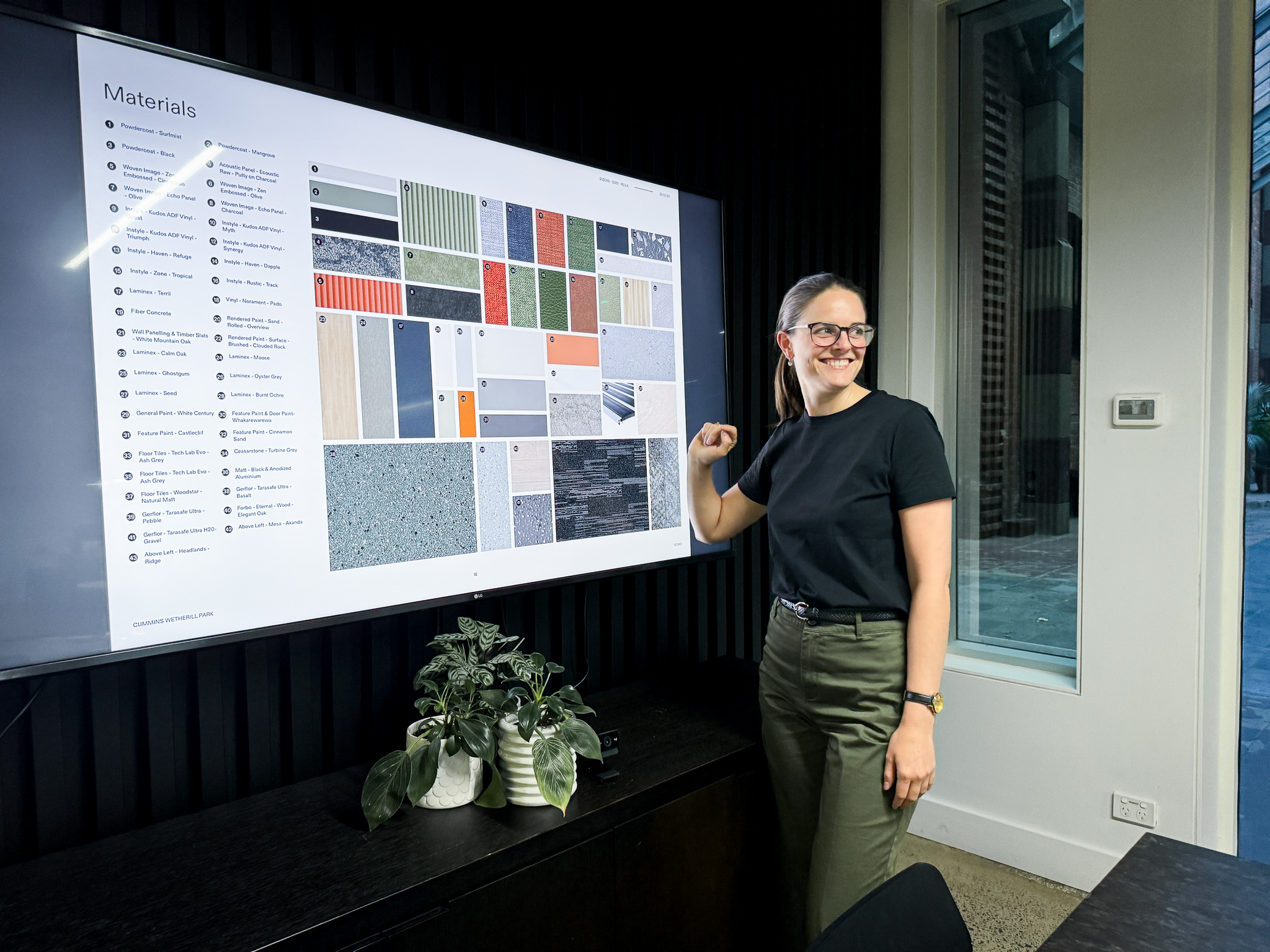As an agent for change in our industry, Andree-Ann’s design ethos is focused on creating high-value environments that have longevity and are sustainable. Her work aims to improve the quality of life of the individual, looking to biophilic design principles.
As someone who lives an active & outdoorsy lifestyle, are there any aspects that overlap with your design process?
There’s a sense of wonder in the outdoors that I get lost in, a feeling of ease and familiarity about being surrounded by greenery. I lean towards designing spaces that bring the natural world back into our day-to-day lives—otherwise known as biophilic design principles. We evolved immersed in the natural world, but when you look at our lives now, we mostly live in air-conditioned indoor environments.
There are subtle choices I make that may go unnoticed but always drive my decision-making when designing a space. I always aim to craft a palette that is anchored in the natural world and natural materials. I’m drawn to imperfections, variation in colour, natural forms, organic patterns, and how these materials interact with natural light. They’re soft against the skin, easy on the eye, breathable—there’s warmth—but lastly, these materials age gracefully. Natural materials tend to age well like a fine wine. I try to stay away from anything that is too plastic or too perfect.
You’re currently working with Monash University. How are you applying this thinking to the education space?
It’s interesting that you bring this project up. I introduced fabrics with wool, soft timbers, and brick, avoiding anything that lacked warmth. I wanted the space to feel calming and inviting, allowing the occupants to focus on their work. It was important to me to design a space that didn’t add to the demands and stress. Each area accommodates the different stages of the research process—I wanted to ensure there was room for both deep focus and heated discussion.
This isn’t your first education project. What is it about this type of design work that you’re drawn to?
It’s the user. I’ve delivered a variety of projects internationally: preschools, schools and tertiary institutions. I really love designing for the end user in this context, as these environments facilitate the learning of young minds who will shape our future. It’s an investment in their education, and a responsibility I take seriously.
Are you guided by feel & instinct, or are your designs more evidence based and technical?
I would say that I’m more evidence based and technical. Everything I put into a space must be practical. That doesn’t mean I don’t consider how people feel in the space. For example, banquettes—I love how they can shape a space. It’s equally important though to consider the ergonomics of our bodies. How we sit, relates to the pitch of the back, the height of the seat, the depth, the upholstery on the skin, arm support, the table that sits with it, even the placement in the room, these details matter. It’s important to me to ensure that it feels comfortable, and people will use it. I’m always asking myself, how would I use this space, and what would I need to feel comfortable? If I don’t think I’d use it, I won’t design it.
“…[education] environments facilitate the learning of young minds who will shape our future. It’s an investment in their education, and a responsibility I take seriously.”
Do you think there’s a design element that’s more important than all the others?
I would say that it’s lighting and acoustics (that’s two!). I find that many of the spaces that I’ve experienced recently have fallen short. Particularly acoustics—reverberation in spaces is often unbearable. We’ve all experienced environments where budget decisions have been made at the expense of acoustic comfort. Poor acoustics can affect productivity, stress levels, and of course, in hospitality venues, it takes away from the wine-and-dine experience because you can’t hear the person opposite you.
In terms of lighting, if you don’t consider lighting, you don’t have a project. It doesn’t matter what you bring—premium materials, new typologies, high-end furniture—no one will appreciate the project if the materials and space are poorly lit.
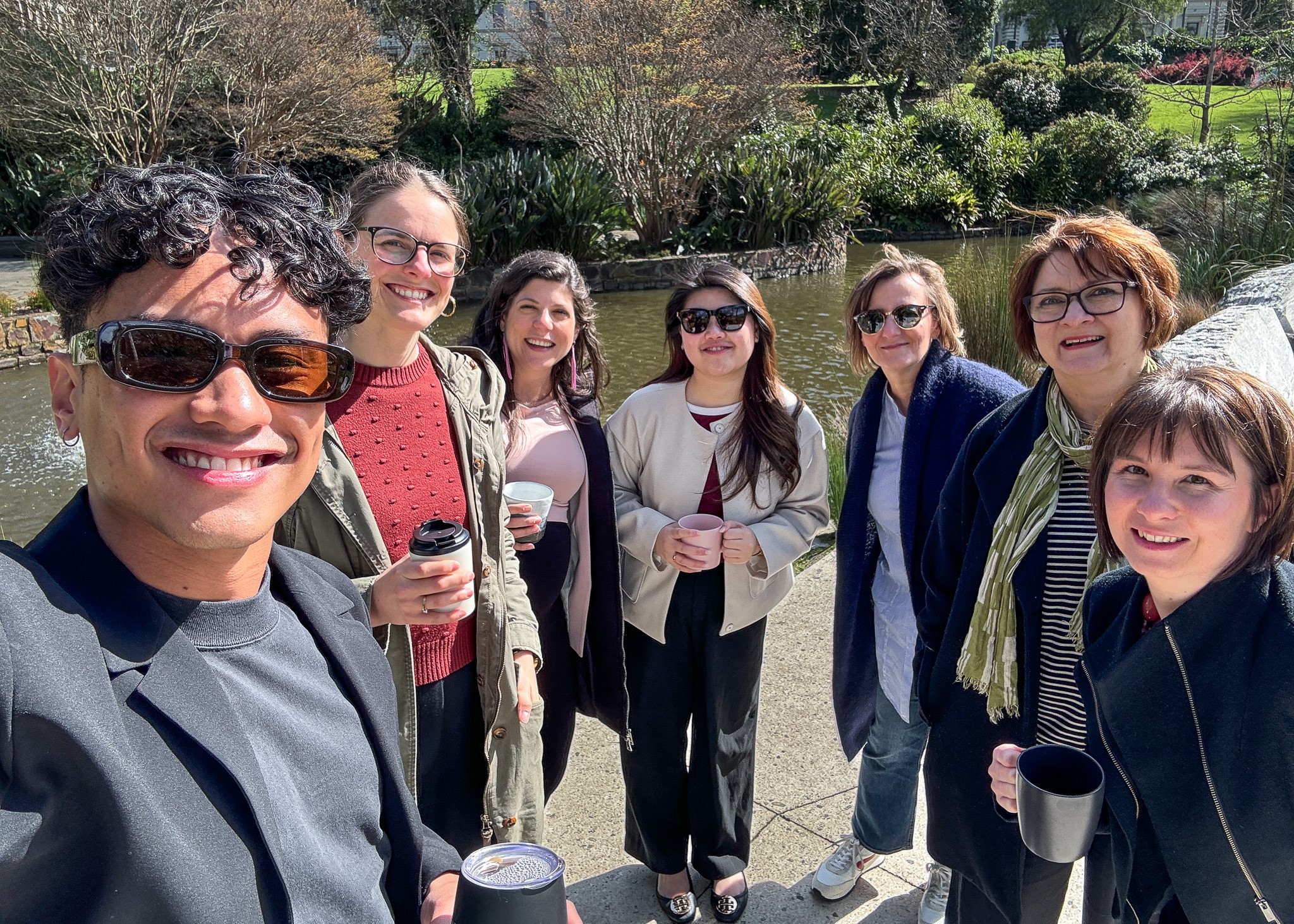
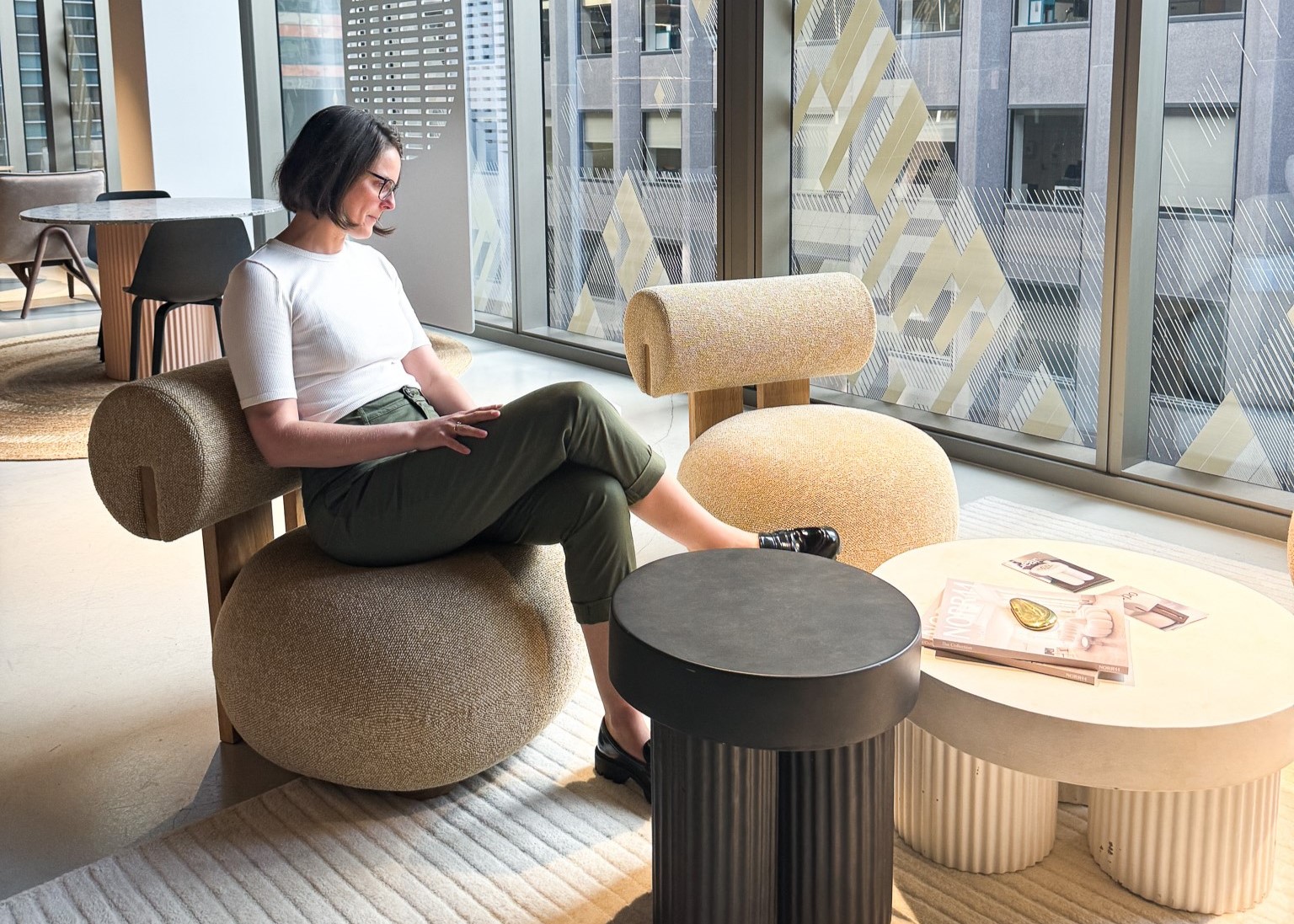
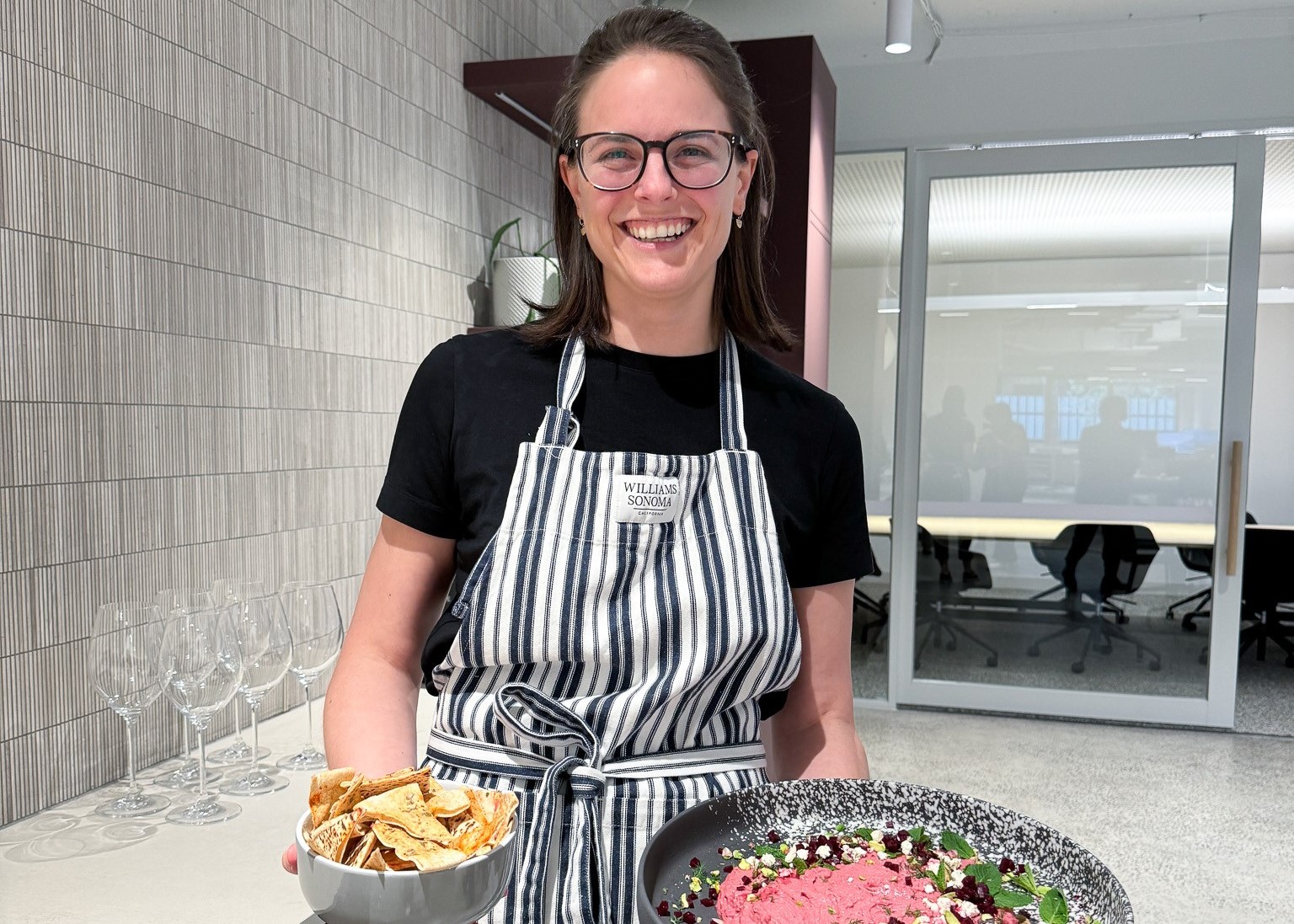
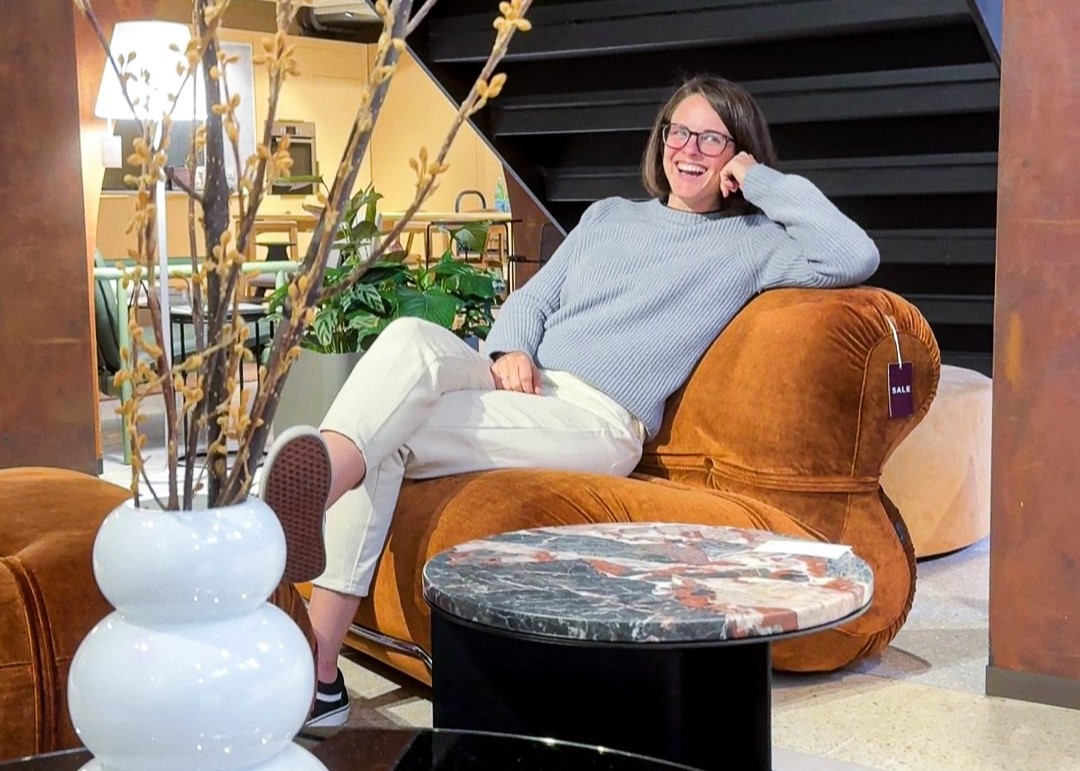
What simple pleasures of life do you truly enjoy?
A sunset! Oh my gosh, I’m such an easy person to please. It’s the colours for me.
What do people get wrong about you?
My name mostly. It’s Ahndreeee-Ahnn!
Given the choice of anyone in the world, whom would you want as a dinner guest?
Oh, I don’t know—so many people come to mind. I suppose someone like Paul Watson, the activist behind Sea Shepherd.
I’d love to sit down with anyone willing to risk everything for a greater purpose. They sacrifice so much for a cause, and I can’t help but wonder what it’s like to have such a strong sense of purpose, even at the expense of their own quality of life.
After a long week what’s your go to guilty pleasure?
Wine or a Gin and tonic and an open fire. My partner and I joke about the fact we don’t have a TV and the fire place is kind of my replacement. We call it my channel 1.
If you were able to live to the age of 90 and retain either the mind or body of a 30-year-old for the last 60 years of your life, which would you want?
The body. I’m such an active person I’d still want to play sports and go travel. I think most people are at that age are still super sharp and it’s their body that is limiting them. Losing your ability to do your hobbies or even just walking would really get to me.
Speed Round:
-
Matte or gloss? – Matte
-
Complimentary or monochrome? – Complimentary
-
Burgundy or Terracotta? – Terracotta
-
Large format or mosaics? – Mosaics
-
Mural or sculpture? – Mural
-
Work from home or in office? – WFH
-
Coffee or wine? – Wine
-
London or Paris? – London
-
Beach or snow? – Beach
-
Night in or a night out? – Night in.

